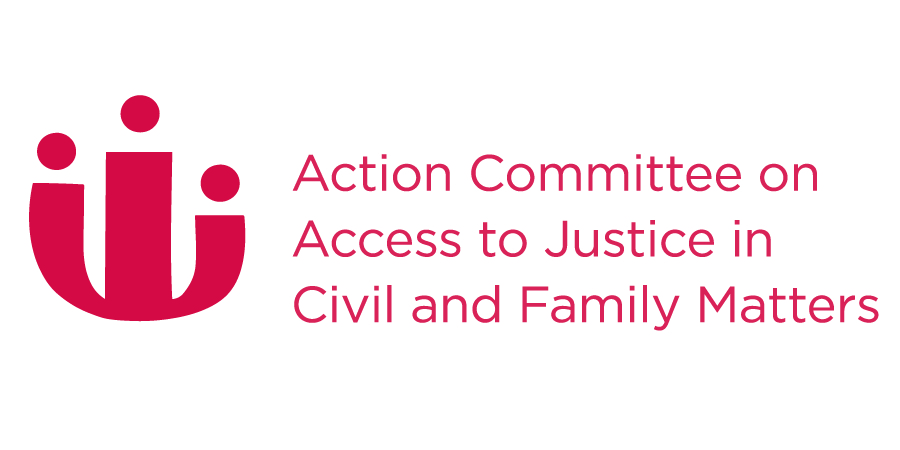Inventory of Reforms
BC Supreme Court Scheduling System (SCSS)
Year:
2004
Description:
Electronic system for streamlining the assignment of judges and masters and scheduling of matters before the BC Supreme Court.
Status:
Permanent Implementation
Jurisdiction:
British Columbia
Court:
BC Supreme Court
Timeline:
July 2004: SCSS launched
2004: SCSS implemented in 12 of 29 locations
2005: SCSS implemented in 13 more locations
2006: SCSS implemented in remaining 4 locations
Publications:
Supreme Court of British Columbia: Annual report 2005
Jennifer Jordon ( Paper Presented at the AIJA Law and Technology Conference, Sydney, Australia)
British Columbia Supreme Court
Development:
The Supreme Court Scheduling System (SCSS) was launched in July 2004 in order to streamline the assignment of judges and masters and scheduling of matters before the Court. Between 2004 and 2006, SCSS was implemented in all 29 locations where the Court sits.
Prior to SCSS, hearings for each location were managed independently via a manual system consisting of Word documents and paper diaries, as well as an older DOS based system in the higher volume locations of Vancouver and New Westminster. The goal of SCSS was to move to an integrated system, shared by all locations for scheduling hearings and assigning Judges and courtrooms.
Purpose:
To modernize systems and take advantage of technology to ensure that the Court is responsive to the needs of litigants.
Description of Reforms:
In 2004, the Supreme Court Scheduling System (SCSS) was developed. It is a complex system used by the manager and trial coordinators throughout the province to organize a myriad of proceedings. It is also used by judges to keep track of where they are sitting, the cases they are sitting on, and where their travel will take them. The judicial assistants have access to the system as well and are able to plan for their judges’ travel as well as easily locate a judge who is on circuit…
This sophisticated program uses colour-coding to differentiate between types of hearings as well as the availability of judges. For instance, green on the scheduling calendar indicates the judge is available in that location, yellow indicates the judge is assigned, and red indicates the judge is seized of a case. In addition, the day is divided into three scheduling options: 1) before court; 2) scheduled court sitting (10 a.m. to 4 p.m.); or 3) after court. All three periods are colour coded with green (available), yellow (assigned), and red (seized).
Colours can also refer to the type of matter scheduled. Green is for criminal matters, pink refers to civil matters, and blue refers to family matters. The schedule can indicate if the judge is scheduled to sit in two different locations on the same day, which sometimes takes place through telephone or video link. Any case information in bold indicates a priority scheduling. Shades of light and dark colours indicate whether a matter is confirmed or is tentatively scheduled.
Judges can check their schedules by either parameter – date range or location. While scheduling of cases is done approximately one week before the hearing, other matters such as previously scheduled continuations and seized matters will appear earlier. Judges are able to print reports of their sitting schedules and locations for any time period.
Administrative and IT Environment at 7, 9-10
OpenRoad [the creator of SCSS] worked closely with users to identify their needs, and create a system that closely matched the existing workflow of the Supreme Court. Close attention was paid to creating visual representations of the underlying data, to provide at-a-glance views of the current hearing workload, as well as intelligent searching mechanisms to suggest the best possible dates for new hearings.
Trial Co-ordinators now have instant access to information about all hearings currently in progress within B.C. Judges and their assistants can quickly see the cases to which they are assigned. SCSS has greatly improved the way in which cases are scheduled within the province.
Results:
SCSS has enabled us to continue to improve the scheduling process. In 2004, 436 trials were heard in Vancouver and 19 scheduled trials were bumped. In 2005, 389 trials were heard in Vancouver, but only 6 scheduled trials were bumped. In 2004, 639 Long Chambers applications were heard while 45 were bumped. In 2005, 738 Long Chambers Applications were heard, but only 27 were bumped (please see Management and Statistical Information, Figure 4-5 at p.19). We also continue to work to implement enhancements to SCSS to further streamline the scheduling of matters before the Court and the rota assignments of members of the Court.
Revision History:
This summary was last reviewed in Apr 09, 2013



